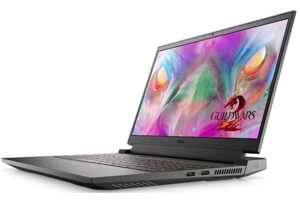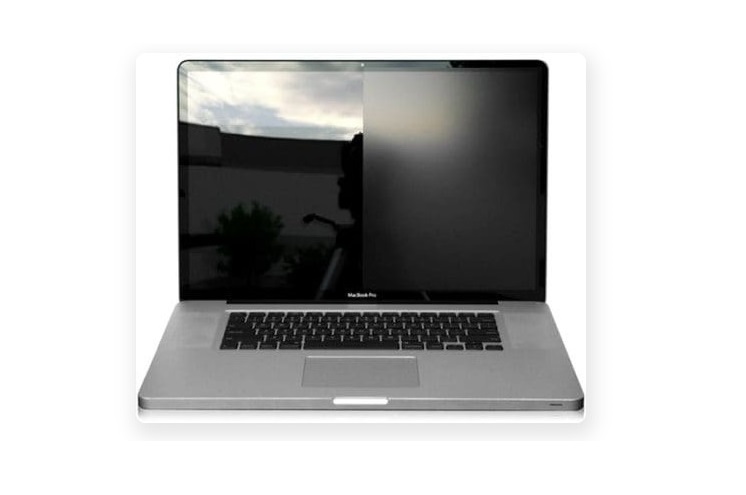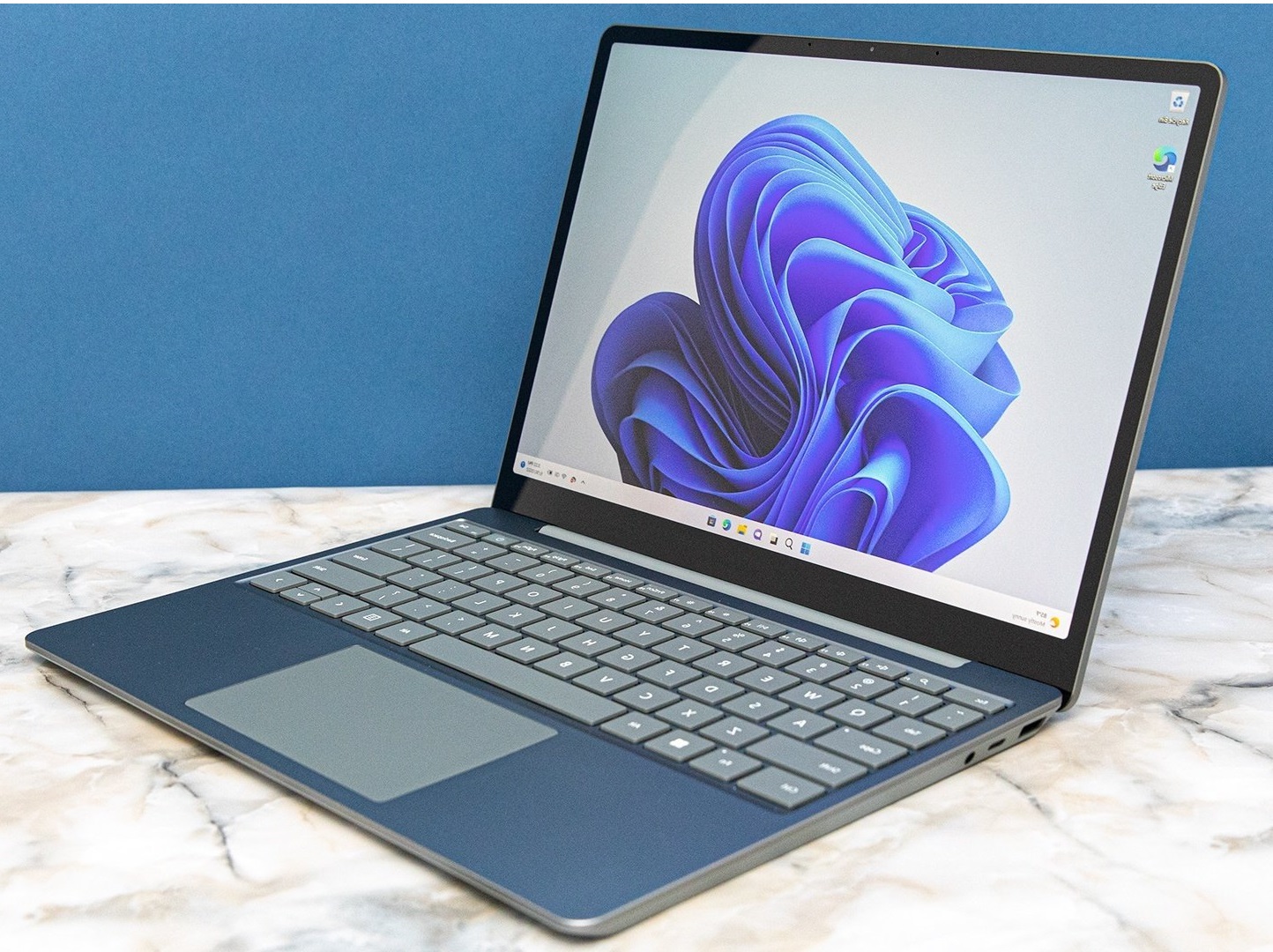When it comes to purchasing a new laptop for editing or gaming, it’s crucial to look beyond the exterior aesthetics and focus on getting the best value for your money.
In today’s market, there is a wide array of laptop models available, ranging from convertibles (2-in-1s), ultrabooks, to gaming laptops. However, the right choice depends on several factors, including your budget and the specific apps or games you plan to run on your laptop. In this article, we will provide you with essential information to consider when purchasing a laptop, so that you can make an informed decision that aligns with your requirements.
The first step in selecting a laptop is to determine your own needs and requirements. This includes considering the purpose of the laptop, such as whether it will be used for productivity tasks, gaming, or multimedia editing. Understanding your usage requirements will help you narrow down your options and choose a laptop that best fits your needs.
- One of the most critical components to consider is the processor, which is responsible for executing tasks and running programs efficiently. Processors from reputable brands like Intel or AMD offer varying levels of performance, and it’s essential to select a processor that meets your specific requirements.
- Random Access Memory (RAM) is another critical factor to consider. RAM determines how much data the laptop can hold and access quickly, directly affecting the speed and responsiveness of the system. For editing or gaming, laptops with a minimum of 16GB or more RAM are recommended to handle resource-intensive tasks and multitasking effectively.
- In addition to the processor and memory, the graphics card or GPU (Graphics Processing Unit) is crucial for gaming or editing tasks that require graphics-intensive performance. Dedicated GPUs from NVIDIA or AMD typically offer better performance for graphics-intensive games and applications compared to integrated graphics found in most laptops.
- Storage is also a crucial consideration. Solid State Drive (SSD) storage provides faster data access and boot times compared to traditional Hard Disk Drive (HDD) storage. Opting for a laptop with SSD storage, preferably with a larger capacity, is ideal for faster file transfers, program loading, and overall system performance.
- Other factors to keep in mind include the screen size, resolution, and color accuracy for editing tasks, as well as the comfort of the keyboard and touchpad for prolonged use. Battery life, connectivity options such as USB ports, Wi-Fi, Bluetooth, and overall build quality are also worth considering.
- By taking into account these essential factors, you can make an informed decision when purchasing a new laptop for editing or gaming, ensuring that it meets your specific requirements and provides optimal performance.
Finding the right display size

- Display size is an important factor to consider when choosing a laptop.
- Larger displays (15.6 inches and more) provide a more pleasant working and gaming experience but may be heavier.
- Smaller displays (up to 14 inches) are more lightweight and portable but may be less comfortable for long-term use.
- For office work on the go, 14 or 15 inches is recommended.
- For gaming or multimedia editing, a device with 17 inches may be suitable, but it may be less portable.
Consider the balance between display size and portability when making your decision.
Matte vs Glossy Screen

- When choosing between glossy and matte screens, it’s important to consider the lighting environment where you’ll be using your laptop frequently.
- Matte screens are designed to reduce reflections and glare, although they may have slightly duller image quality.
- On the other hand, glossy screens offer more vibrant colors and contrast, but they can be highly reflective and uncomfortable in bright environments.
- Matte screens are ideal for outdoor use or well-lit rooms, while glossy screens are better suited for dimly lit rooms.
- Some gaming monitors feature matte finishes to prevent reflections during competitive gaming.
- Glossy screens with anti-glare or anti-reflective treatments are less reflective, but not as effective as matte coatings.
The power of the processor or processor (CPU) suitable for your uses

- On desktop computers, Intel CPU choices are relatively straightforward. CPUs with a “K” suffix have an unlocked multiplier and allow for overclocking, while those without a suffix are typically locked.
- In laptops, Intel CPU choices are more complicated due to various suffixes. Understanding the differences can be crucial when making a laptop purchase.
The U, P, and H processors are different series of Intel processors designed for laptops, each with its own characteristics and target market.
- U Processors: U stands for “ultra-low-power,” and these processors are designed for thin and lightweight laptops with a focus on efficiency and long battery life. They have lower clock speeds, fewer cores, and a very low thermal design power (TDP) ranging from 9W to 15W. They are suitable for basic tasks like work and internet browsing, but may offer reduced performance compared to other Intel offerings.
- P Processors: P processors are middle-of-the-road options, offering higher performance and power consumption compared to U processors. They have a TDP of 28W, which is higher than U processors, but lower than H processors. P processors are typically found in higher-end “ultrabook” laptops, costing over $1,000, and provide better performance compared to U processors, making them suitable for more demanding tasks like content creation and light gaming.
- H Processors: H processors are considered Intel’s enthusiast lineup for laptops and offer high performance. They have a higher TDP of up to 45W, which allows for better performance compared to U and P processors, but also requires more robust cooling solutions. H processors are not designed for thin and lightweight laptops, as they prioritize performance over power efficiency. They are suitable for tasks that require high processing power, such as gaming, video editing, and other resource-intensive tasks.
The appropriate RAM or random memory (RAM) for your uses

When considering how much RAM a laptop should have, it’s important to keep in mind that laptops usually aren’t as easily upgradeable as desktop PCs. Therefore, it’s necessary to choose the appropriate amount of RAM upfront.
It’s worth noting that while 4GB of RAM may be sufficient for basic office tasks and occasional internet browsing, it may not be suitable for future needs, especially as software requirements and demands increase over time. For general usages, such as web browsing and office tasks, at least 8GB of RAM is usually recommended for new laptops. This will provide smooth multitasking and efficient performance in daily tasks.
However, if you plan to use your laptop for more demanding tasks, such as gaming at maximum graphics settings or running compute-intensive applications like Photoshop or video editing software, it’s recommended to have at least 16GB of RAM. This will provide the necessary memory for smooth performance in resource-intensive activities and prevent any lag or slowdowns.
storage

When it comes to choosing a hard drive size for a laptop, it is highly recommended to choose a solid state drive (SSD) instead of a traditional hard disk drive (HDD) for modern laptops. SSDs have become more affordable in recent years and offer much faster performance compared to HDDs. The ideal SSD format for laptops is M.2 with a fast PCI Express connection, as it provides optimal speed and performance.
To avoid running out of storage space in the future, it is recommended to choose an SSD with a minimum capacity of 256GB. However, better options are SSDs with 512GB or 1TB of storage. This will allow plenty of space to store your files, programs, and media without worrying about running out of memory.
It’s important to note that even if you’re not currently using memory-hungry programs, games, or other programs, your SSD may fill up with less storage capacity quickly with regular use. Therefore, it is recommended to choose a larger SSD to ensure sufficient storage space for future needs.
If you are considering a laptop with a smaller 128GB SSD, it is necessary to check if it is possible to upgrade to a larger SSD later, if necessary. This will provide flexibility for future storage expansion without having to replace the entire laptop.
Which connections are important?
When it comes to laptop connections, it is important to consider whether your laptop has enough ports to match your specific business requirements.
Having enough ports to match your work requirements can save you from having to use adapters or dongles later, especially if you plug in a lot of peripherals while you work. Consider these factors before purchasing a laptop to ensure that it enhances your productivity and is not a hindrance while on the go.
Some of the main factors to consider are:
Port types: Check if your laptop has modern USB-C ports or legacy USB-A ports. USB-C ports are versatile and can be used for charging, data transfer, and connecting to external displays, while USB-A ports are more common for traditional peripherals such as USB drives and mice. A combination of both types of ports can provide flexibility for different devices.
Charging options: Decide if your laptop can be charged via a USB-C cable or if it requires its own power adapter. USB-C charging can be convenient because it allows charging with a universal cable, which is handy for the on-the-go.
Card reader: If you frequently use SD (mini) cards to transfer or store data, check if your laptop has a built-in card reader. This can save you the hassle of carrying an external card reader or using adapters.
HDMI port: If you need to connect your laptop to a TV or projector for presentations or entertainment purposes, check if your laptop has an HDMI port. HDMI ports allow for quick and easy screen sharing on larger screens.
Thunderbolt port: Thunderbolt ports are known for their fast data transfer speeds and can be useful for connecting high-performance peripherals such as external storage devices or monitors. Check if your laptop has a Thunderbolt port if you need fast data transfer or connection to high-resolution displays.
Repair, upgrade and warranty: What you should pay attention to

Two often overlooked factors when buying a new laptop are repairability and warranty. As laptops become increasingly compact in design, critical components such as the battery, memory, or hard drive can be difficult to access or even permanently soldered, making repairs complicated or impossible for non-experts.
It is advised to research before purchasing whether the laptop has permanently installed or soldered components. This allows for easy replacement of the hard drive and memory in most cases. In some situations, repairs may be needed after the warranty period, so it is essential to understand the warranty duration and consider extending it if necessary.
By considering the repairability and warranty terms of your laptop before purchasing, you can ensure that any potential repairs or replacements can be managed and covered by the warranty, reducing potential inconvenience and costs in the future.
conclusion
Before finalizing your decision on a laptop model, it is essential to research known issues with that particular model. Search the Internet for customer reviews, especially negative ones, to identify any common problems. For example, if you find that the laptop you’re interested in is frequently having issues with the WLAN or Bluetooth module, that could be a red flag. Conversely, if you don’t come across any major complaints, this is usually a positive sign.
To save money when buying a gaming laptop, it’s best not to limit yourself to just one model. Look for devices from other manufacturers that offer similar or even identical hardware specifications. By considering a range of different models, you increase the likelihood of finding one that is discounted or on sale.
Consider whether it’s worth buying a more affordable laptop without a fast SSD or with less RAM, with the option to upgrade later. Some laptops come with a maintenance cover that provides easy access to the corresponding slots for upgrades. Alternatively, you can often find step-by-step tutorials online that walk you through the disassembly and installation process.
Similarly, consider the operating system. Many manufacturers offer laptops with or without a preinstalled operating system. If you already have a Windows license or plan to transfer your old license to your new laptop, you can save a significant amount of money by choosing a laptop without an operating system or by purchasing a discount license separately, where they are often available at a fraction of the original price.
